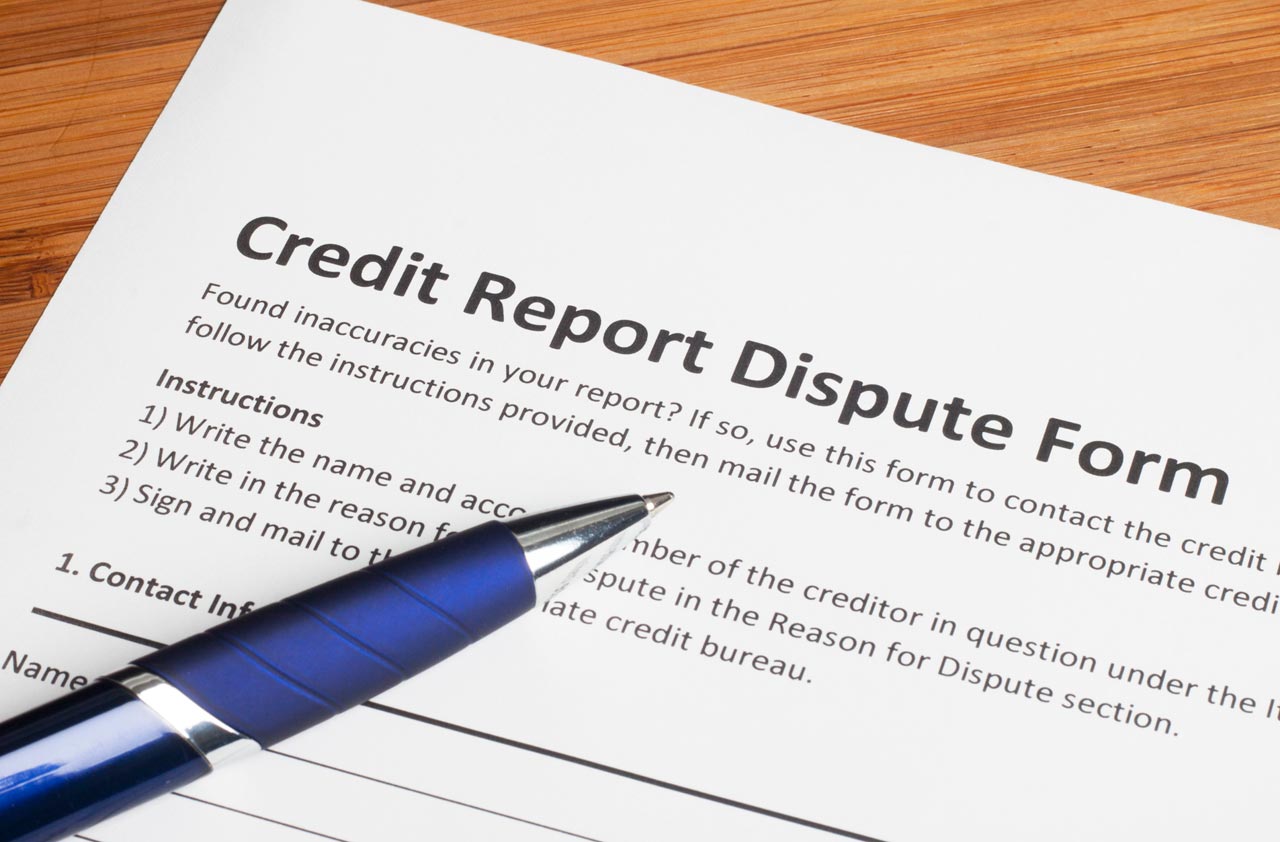9 Personal Finance To-Dos for 2016
Maximize your retirement saving, simplify your finances, grab more tax breaks and six more great ideas.

Now that it’s the beginning of the year, what should I be doing to improve my personal finances?
1. Max out your retirement savings. The new year brings a new opportunity to save for retirement. It’s an ideal time to increase your contributions to your employer’s retirement plan or to an IRA if you got a raise or bonus, before you earmark the extra money for other things. You can contribute up to $18,000 to a 401(k), 403(b), most 457 plans and the Thrift Savings Plan, plus an extra $6,000 if you’ll be 50 or older anytime in 2016. You can also contribute up to $5,500 to an IRA in 2016, plus an extra $1,000 if you’ll be 50 or older in 2016. (You still have until April 18, 2016, to contribute to an IRA for 2015.) If you have earned income but your spouse does not, you can contribute to an IRA on his or her behalf. See Contributing to a Spouse’s IRA. Also See Retirement Plan Contribution Limits for 2016. You may also be able to make tax-deductible contributions to a Simplified Employee Pension or a solo 401(k) if you’re self-employed or even if you just have some freelance income on the side. See How Self-Employed Workers Can Save for Retirement for more information.
2. Simplify your finances. Sign up to have money transferred automatically from your bank account or paycheck to an IRA every month instead of waiting until you have a lump sum to sock away. Contributing $458.33 every month adds up to the $5,500 maximum by the end of the year. And paying your regular bills automatically from your bank account can help you avoid missing due dates, which can lead to costly fees. Also think about whether you would benefit from consolidating IRAs or other investments with one brokerage firm, mutual fund company or bank. Not only will it be easier to keep track of your investments, but you may also get a break on fees if you have more money in a single or fewer accounts.

Sign up for Kiplinger’s Free E-Newsletters
Profit and prosper with the best of expert advice on investing, taxes, retirement, personal finance and more - straight to your e-mail.
Profit and prosper with the best of expert advice - straight to your e-mail.
3. Replenish your emergency fund. It’s generally a good idea to keep the equivalent of six months’ expenses in an emergency fund so you don’t land in debt if you have unexpected bills or lose your job. If you’ve tapped the account over the past year or so, this is a good time to recalculate how much you need and start adding more money. See How Much to Save for an Emergency for more information about how to calculate the amount to keep in the account and where to invest the money. Also, see Strategies to Build an Emergency Fund for tips to help you find the extra cash to add to the account.
4. Make a charitable-giving plan. You may have just experienced the mad dash to write checks to charities before the end of the year. Instead of doing that again this year, plan your charitable giving now. You may be able to get more tax benefits if you give appreciated stock rather than cash, and now is a good time to start thinking about stocks you may want to transfer to charity when they reach a certain price. See 5 Things You Should Know About Giving Stock to Charity for more information.
Or you can open a donor-advised fund, which gives you a tax break now for contributions to the fund but an unlimited amount of time to decide which charities to support. See Donor-Advised Funds: Tax Break Now, Charity Later. It’s also a good time to start setting aside a little money every month for a current-event fund, so you’re prepared to give after a natural disaster or other timely event, or for a larger goal, such as setting up a scholarship fund. If you have $5,000 to $10,000 to open a donor-advised fund, that’s a good place to build up this fund. But if you only have a little money to save each month, you can set aside the money in a savings account or keep track of it within your checking account. See How to Set Up a Scholarship Fund. You also have plenty of time to start researching charities before you give. See How to Avoid Charity Scams for resources.
5. Improve your credit record. Don’t forget that you can get a free copy of your credit report from each of the three major credit bureaus every 12 months at www.annualcreditreport.com AnnualCreditReport.com. Work with the credit bureaus to fix any errors, and look for any surprises that could indicate that you were a victim of identity theft. See Kiplinger’s Guide to Protecting Yourself from Identity Theft for more information. It’s also a good time to check your credit score and see what you can do to improve it. Your credit record affects your loan rates, your ability to refinance your mortgage, your auto insurance premiums and other bills. See 5 Surprising Ways Bad Credit Can Hurt You. For more information, See Simple Steps to Monitor, Defend Your Credit. Also See Habits of People With Excellent Credit Scores for advice on how to improve your score.
6. Get a triple tax break for health care savings. More people these days have high-deductible health insurance policies, either through their employer or on their own. If the deductible is at least $1,300 for individual coverage or $2,600 for family coverage, you can generally contribute up to $3,350 to a health savings account in 2016 if you have individual coverage or $6,750 for family coverage (plus $1,000 if you’re 55 or older in 2016). An HSA can give you a triple tax break: Your contributions are tax-deductible (or pretax if made through your employer); the account grows tax-deferred; and you can withdraw money tax-free in any year for out-of-pocket medical expenses, such as your deductible, co-payments, dental and vision care, and even a portion of long-term-care premiums based on your age (See IRS Publication 969 for a full list).
Or you can let the money grow even longer and build up a tax-free stash of money for medical expenses in retirement. You can’t make new contributions to an HSA after you sign up for Medicare, but you can use the money tax-free after age 65 for out-of-pocket medical and prescription-drug costs, as well as for your Medicare Part B, Part D and Medicare Advantage premiums (but not medigap). You have until April 18, 2016, to make HSA contributions for 2015. See How Much You Can Stash in a Health Savings Account for more information. Also See 50 Ways to Cut Your Health Care Costs for strategies to lower your medical expenses.
7. Cut your tax bill. Start gathering the paperwork for your 2015 taxes, which are due on April 18, 2016, and make a plan to reduce your 2016 taxes. Make sure you take advantage of all of the tax breaks you deserve; See the Most-Overlooked Tax Deductions for ideas. Also See 6 Tax Breaks for College Costs and Most-Overlooked Tax Breaks for Investors. And find out about new tax breaks (or extended breaks that were set to expire); See 12 Valuable Tax Breaks Congress Has Brought Back to Life.
8. Start planning for your required minimum distributions. After you reach age 70½, you have to take required minimum distributions from your traditional IRAs and 401(k)s (you can generally delay taking withdrawals from your current employer’s retirement plan if you’re still working). Because your required withdrawals for 2016 are based on your life expectancy and your account balance as of December 31, 2015, you can take the money anytime during the year. And if you turned 70½ last year and delayed taking your first distribution, you have until April 1, 2016, to take your first RMD. You must take your second RMD by December 31, 2016. See 10 Things Boomers Must Know About RMDs from IRAs. Also, see Retirees, Avoid These 5 Costly RMD Mistakes. Keep in mind that people over age 70½ can transfer up to $100,000 from their IRAs to charity every year, which counts as your required minimum distribution but isn’t included in your adjusted gross income. Congress extended this rule permanently, so you don’t have to wait until the end of the year to see if the strategy is legit.
9. Assess your progress toward your financial goals. Focus on both short-term and long-term goals. It’s a great time to start saving a little bit every month for summer vacation or holiday expenses, so you don’t charge too much to credit cards and generate a pile of high-interest debt. And check whether you’re on track for retirement. See Make Your Money Last a Lifetime for strategies to help you save. Use our Retirement Savings Calculator to estimate the future value of your retirement savings and determine how much you need to save to reach your retirement goals.
Get Kiplinger Today newsletter — free
Profit and prosper with the best of Kiplinger's advice on investing, taxes, retirement, personal finance and much more. Delivered daily. Enter your email in the box and click Sign Me Up.

As the "Ask Kim" columnist for Kiplinger's Personal Finance, Lankford receives hundreds of personal finance questions from readers every month. She is the author of Rescue Your Financial Life (McGraw-Hill, 2003), The Insurance Maze: How You Can Save Money on Insurance -- and Still Get the Coverage You Need (Kaplan, 2006), Kiplinger's Ask Kim for Money Smart Solutions (Kaplan, 2007) and The Kiplinger/BBB Personal Finance Guide for Military Families. She is frequently featured as a financial expert on television and radio, including NBC's Today Show, CNN, CNBC and National Public Radio.
-
 Stock Market Today: Stocks Gain on Tech, Auto Tariff Talk
Stock Market Today: Stocks Gain on Tech, Auto Tariff TalkThe Trump administration said late Friday that it will temporarily halt tariffs on some Chinese tech imports.
By Karee Venema
-
 Sam's Club Plans Aggressive Expansion: Discover Its New Locations
Sam's Club Plans Aggressive Expansion: Discover Its New LocationsSam's Club expansion plans will open up to 15 new stores each year. Learn where they plan to open in 2025.
By Sean Jackson
-
 Credit Report Error? They All Matter
Credit Report Error? They All Mattercredit & debt Don't dismiss a minor error. It could be the sign of something more serious.
By Kimberly Lankford
-
 Insurance for a Learning Driver
Insurance for a Learning Driverinsurance Adding a teen driver to your plan will raise premiums, but there are things you can do to help reduce them.
By Kimberly Lankford
-
 529 Plans Aren’t Just for Kids
529 Plans Aren’t Just for Kids529 Plans You don’t have to be college-age to use the money tax-free, but there are stipulations.
By Kimberly Lankford
-
 When to Transfer Ownership of a Custodial Account
When to Transfer Ownership of a Custodial Accountsavings Before your child turns 18, you should check with your broker about the account's age of majority and termination.
By Kimberly Lankford
-
 Borrowers Get More Time to Repay 401(k) Loans
Borrowers Get More Time to Repay 401(k) Loansretirement If you leave your job while you have an outstanding 401(k) loan, Uncle Sam now gives you extra time to repay it -- thanks to the new tax law.
By Kimberly Lankford
-
 When It Pays to Buy Travel Insurance
When It Pays to Buy Travel InsuranceTravel Investing in travel insurance can help recover some costs when your vacation gets ruined by a natural disaster, medical emergency or other catastrophe.
By Kimberly Lankford
-
 What Travel Insurance Covers When Planes Are Grounded
What Travel Insurance Covers When Planes Are GroundedTravel Your travel insurance might help with some costs if your trip was delayed because of the recent grounding of Boeing 737 Max planes.
By Kimberly Lankford
-
 Ways to Spend Your Flexible Spending Account Money by March 15 Deadline
Ways to Spend Your Flexible Spending Account Money by March 15 Deadlinespending Many workers will be hitting the drugstore in the next few days to use up leftover flexible spending account money from 2018 so they don’t lose it.
By Kimberly Lankford